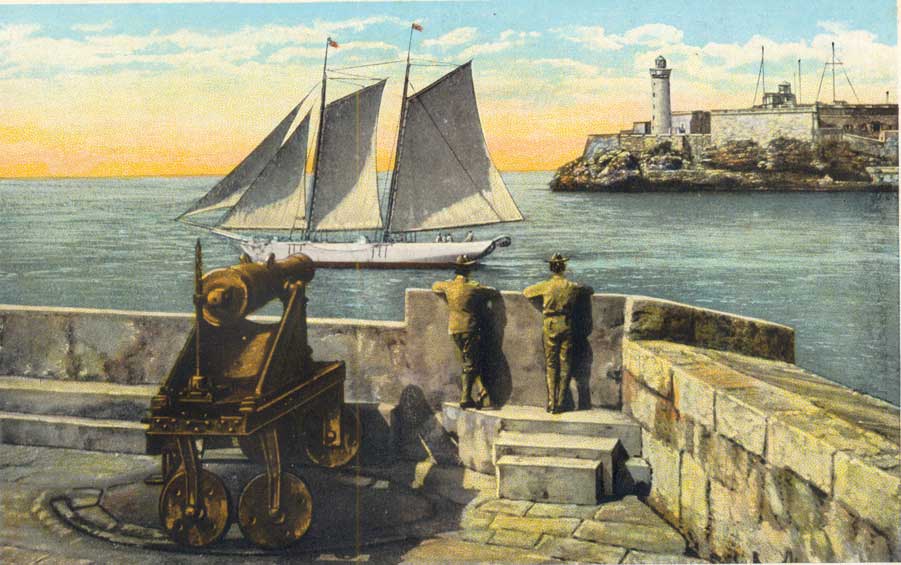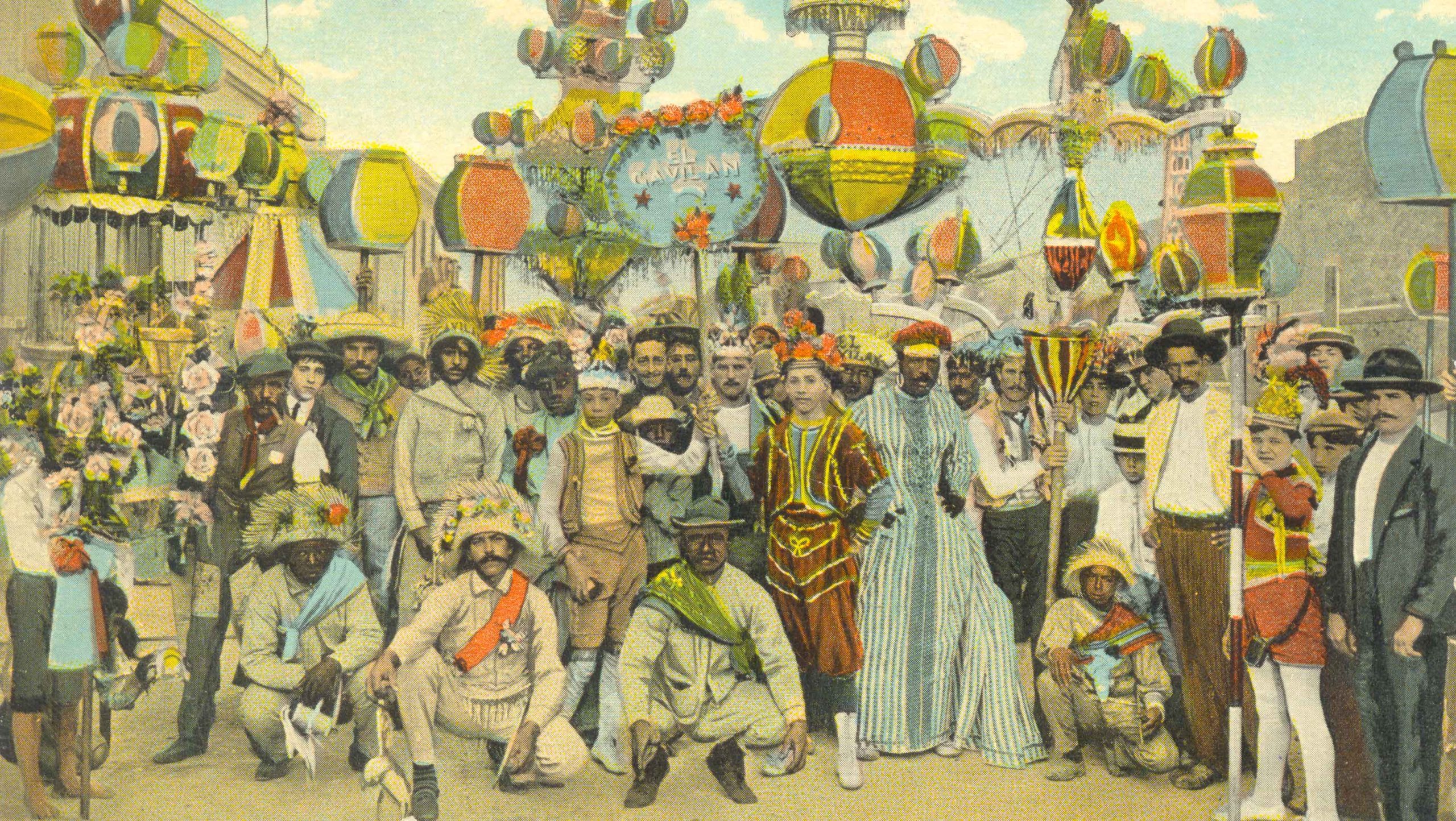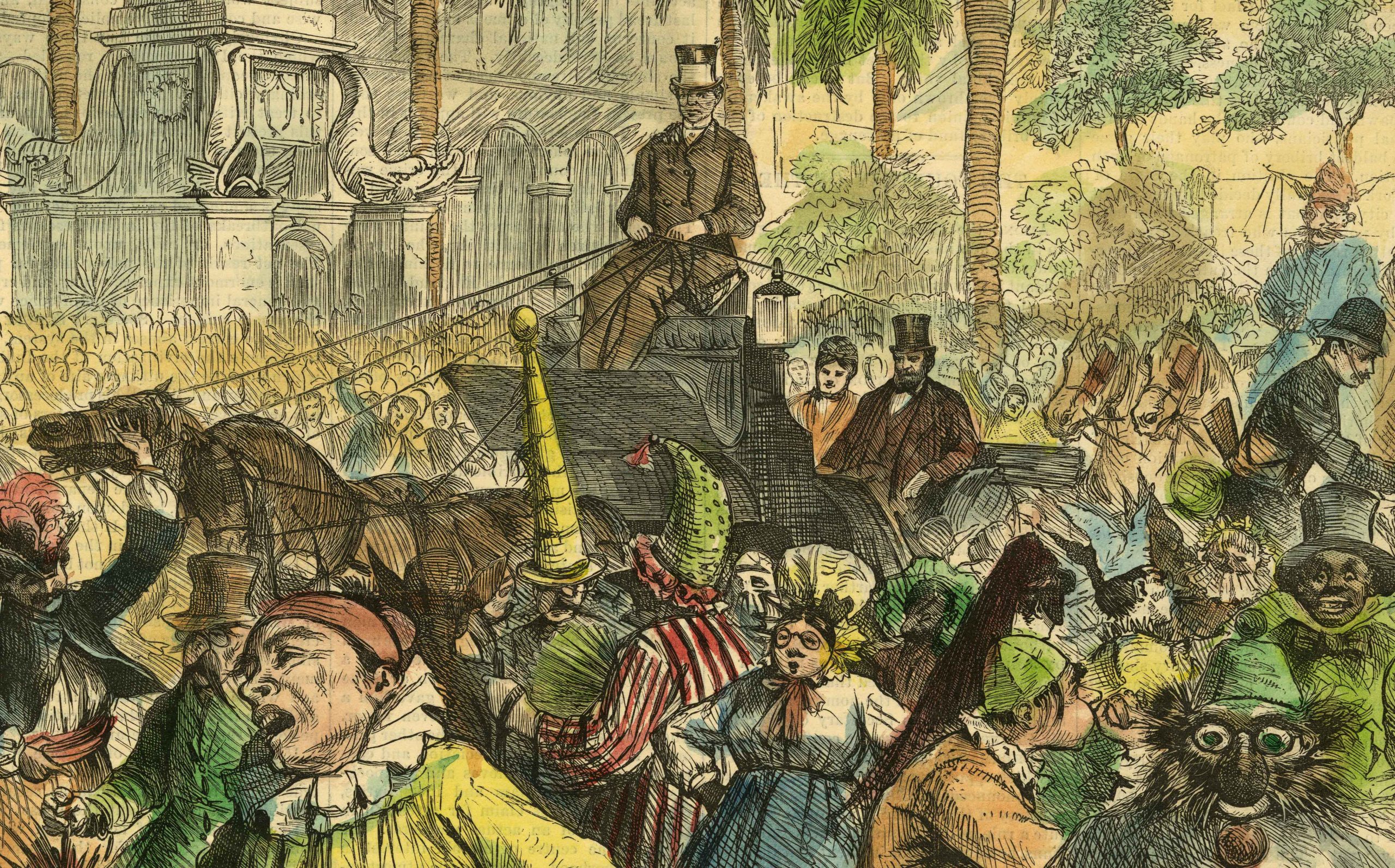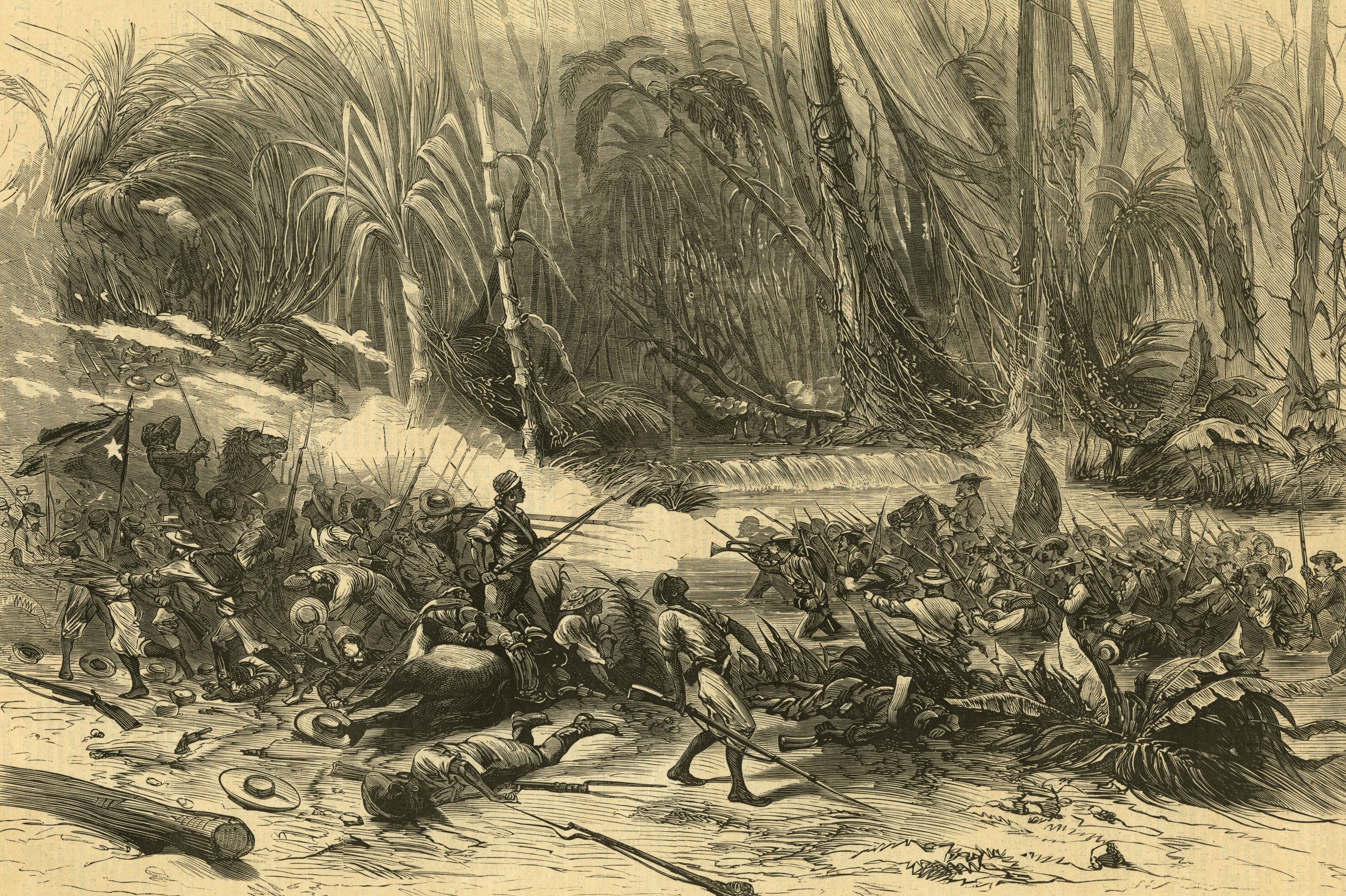Visiting Cuba
Festivities“The most extraordinary consequence of the Cuban revolution is the incredible revolutionary consciousness that has developed among the people.”
→ Fidel Castro
Cannonade Ceremony in El Morro
Every evening at 09, in the center of Havana, in the ancient castle of El Morro, the Ceremony of the Cannonade takes place which recalls the notice that was given in colonial times for the opening and closing of the doors of the fortress of the city.


Cannonade Ceremony in El Morro
Every evening at 09, in the center of Havana, in the ancient castle of El Morro, the Ceremony of the Cannonade takes place which recalls the notice that was given in colonial times for the opening and closing of the doors of the fortress of the city.
Liberation Day
Liberation Day coincides with New Year’s Day. The Liberation Day coincides with the New Year. The celebrations are not limited to the evening between December 31st and January 1st, but continue throughout the following day with a Christian tradition festival, the one in honor of the Virgin Mary and the Liberation Day from Spanish rulers.
On January 1, 1899, the Spaniards left the island after more than four centuries of colonialism and on January 1, 1959, Cuba drove out the dictator Fulgencio Batista.
Cuban Carnival
The most important Cuban Carnival is celebrated in Santiago De Cuba (where you can visit the Carnival Museum) and is celebrated in the last two weeks of July.
A truly suggestive event: parades of floats with the queens of the Carnival, bands of percussionists, stages scattered throughout the city and music throughout the night.
Another very interesting Carnival is celebrated in Camaguey, both in February and July.


Cuban Carnival
The most important Cuban Carnival is celebrated in Santiago De Cuba (where you can visit the Carnival Museum) and is celebrated in the last two weeks of July.
A truly suggestive event: parades of floats with the queens of the Carnival, bands of percussionists, stages scattered throughout the city and music throughout the night.
Another very interesting Carnival is celebrated in Camaguey, both in February and July.

Workers Day
Among the most popular holidays is that of May 1, Dia Internacional de los Trabajadores (International Workers’ Day), where Cubans parade in procession in the most important Plazas of the island.
Celebration of the National Uprising
From the 25th to 27th of July the Dia de la Rebeldia Nacional y asalto al Moncada is celebrated (Day of the National Revolt and the Assault on Moncada) and on the 26th of July the assault on the Moncada prison is commemorated.
Day of the Martyrs of the Revolution
On the day of July 30th, the Day of the Martyrs of the Revolution is celebrated, where all the fallen in the struggle for freedom are honored along the route in which they were killed.
Anniversary of the death of Che Guevara
On the 9th of October, the anniversary of the death of Ernesto “Che” Guevara is celebrated, who was Shot in a school at 39 while trying to “export” the revolution to Latin America.

Anniversary of the beginning of the War of Independence of 1868
On October the 10th we celebrate the Anniversary of the Beginning of the War of Independence against Spain, a fundamental step for the crystallization of the process of formation of what is born in the whole region during this period: a mixing of customs, races, dialects, accents, words and traditions.
The Anniversary is celebrated during the Cuban Culture Festival, which celebrates the fact of being born on the island, surrounded by the sea and celebrating the identity of Cubans, giving value to one’s value and universal identity.
Festival of Cuban Culture
The Day of Cuban Culture is a holiday that is celebrated from the 10th to the 20th of October.
October the 10th commemorates the beginning of the struggle for independence from Spain and October the 20th is the day when the notes of “La Bayamesa” or “Himno de Bayamo”, today the National Anthem of Cuba, were sung for the first time.
This fact has proven to be enormously contributive to the formation of the Cuban nation and nationality.
The hymn is a direct expression of the Cuban identity and its text contains the essence of patriotic sentiments.


Festival of Cuban Culture
The Day of Cuban Culture is a holiday that is celebrated from the 10th to the 20th of October.
October the 10th commemorates the beginning of the struggle for independence from Spain and October the 20th is the day when the notes of “La Bayamesa” or “Himno de Bayamo”, today the National Anthem of Cuba, were sung for the first time.
This fact has proven to be enormously contributive to the formation of the Cuban nation and nationality.
The hymn is a direct expression of the Cuban identity and its text contains the essence of patriotic sentiments.
